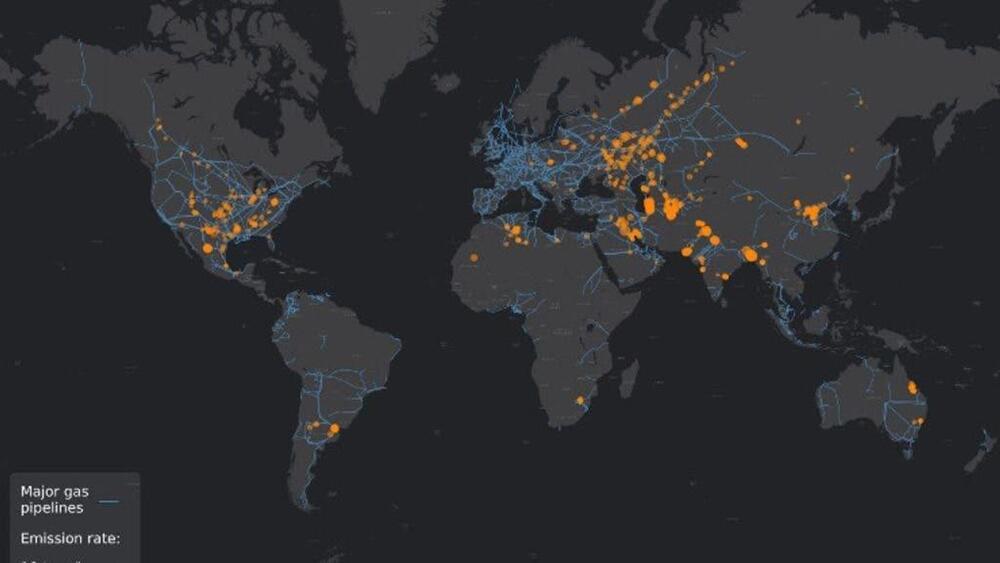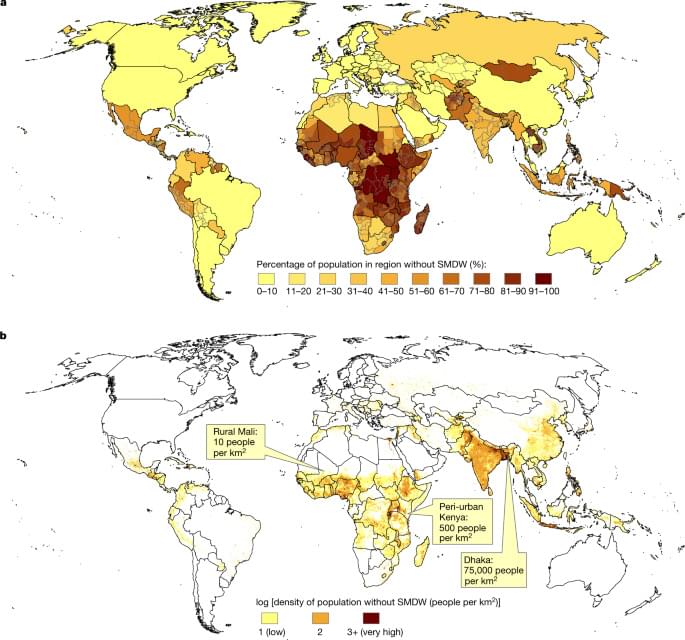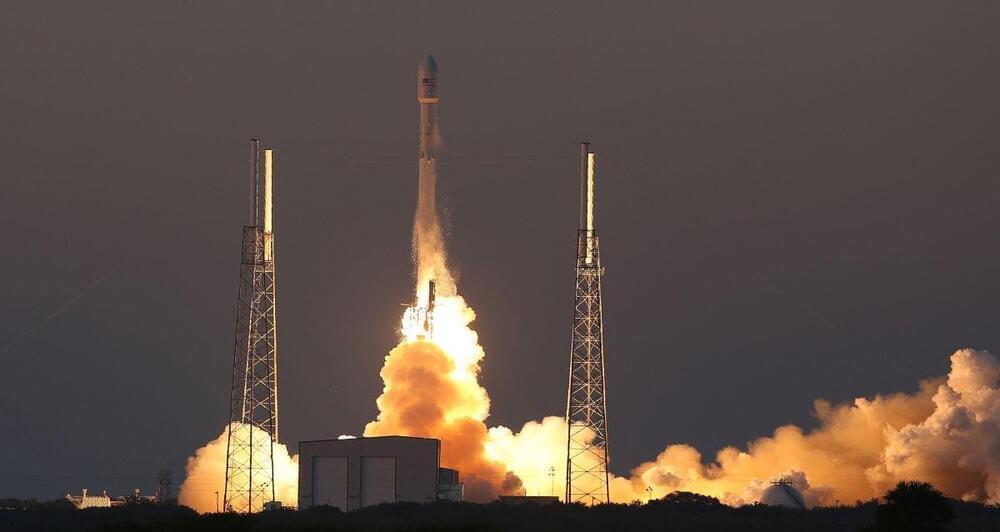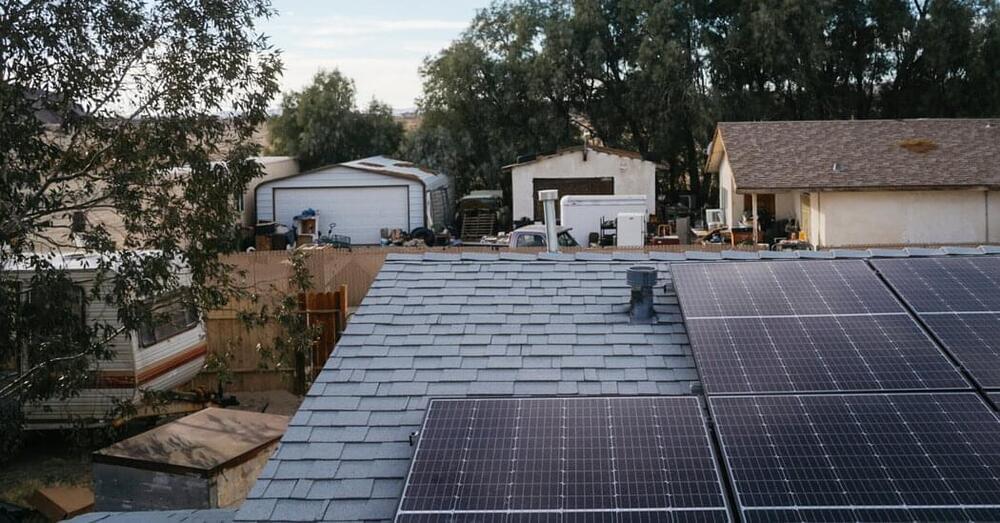An international study involving researchers from CNRS and CEA as well as the company Kayrros reveals hundreds of major methane leaks linked to the global exploitation of oil and gas. Scientists show that their mitigation would lead to climatic and economic benefits amounting to billions of dollars for the main hydrocarbon producing countries. This work is published on February 4, 2022 in the journal Science.
Original press release published on CEA.
A major contributor to climate change, methane (CH 4) has a warming potential over 100 years approximately 30 times greater than that of CO 2. A quarter of anthropogenic emissions of this greenhouse gas come from the global exploitation of coal, oil and natural gas, of which CH4 is the main component. In 2018, a study had already exposed, based on the case of the United States, the vast underestimation in official inventories of emissions related to the extraction and distribution of oil and gas. A discrepancy which could be explained by sporadic undeclared releases of large quantities of methane by operators in the sector.








